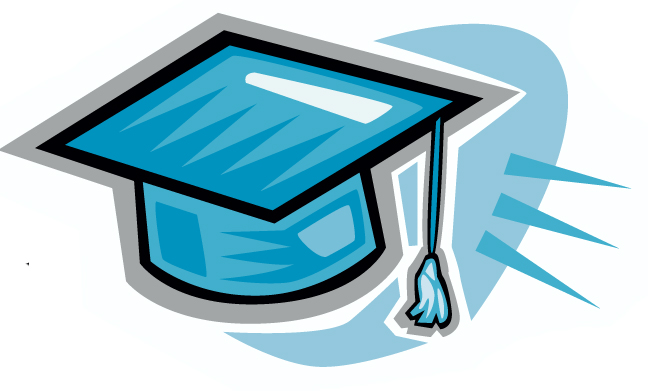The recent economic boom in the U. S. has had commentators gushing about a new age of prosperity. However, that same boom hasn’t done much to reduce wage inequality. Although the problem has leveled off somewhat, the gap between top and bottom wage earners still stands at a 30-year high. And according to some experts, this lasting discrepancy between rich and poor may be the country’s most pressing social problem.
“A Train Wreck”
Tradition has it that a good education is the best way to join the ranks of top wage earners. However, for demographic reasons, national spending on higher education has lagged. Specifically, today’s college age generation is relatively small compared with the preceding baby boomers and the coming wave of potential college students. As a result, although the number of college students is rising in absolute terms, that number has actually been falling as a share of the overall population hence the shrinking in higher education funding.
At the same time, tuitions are rising inexorably. In addition, more and more young people who are soon to reach college age are children of minority, immigrant, and poorer families. Many of these individuals will need financial aid to get through college. As William Piekens, executive director of the California Citizens Commission on Higher Education, warns, “There’s a train wreck coming unless we find ways to help.”
The coalescence of these various trends has troubling implications for the wage gap. The main problem is that the ability to get a college degree has been skewed in favor of already affluent men and women. With shrinking financial aid available, many poorer students have little hope of achieving that all important degree. And without a way to educate less fortunate groups, the U. S. has equally little hope of closing the wage gap.
Implications for Business
Why is the wage gap such a concern? The impact of wage disparities on those who are excluded from rising prosperity is well documented. But economists have also found that the demand for college educated workers has outstripped the demand for non-degreed workers, since at least the 1940s. At the same time, the growth in the supply of those skilled workers has slowed in the 1990s. If arising percentage of the population can’t afford to go to college, the U. S.risks losing its competitive edge inthe international marketplace. Clearly, narrowing the wage and skills gap would be well worth the investment.

Renewing its commitment to higher education would give the U. S.a powerful way to close that gap. How? If higher ed spending were to rise, college enrollments especially from low-income families could also rise. As the percentage of college educated workers increased, the simple laws of supply and demand would kick in: The shrinking supply of non-college educated workers would exert upward pressure on low-skilled wages. At the same time, satisfying employers’ hunger for skills would slow the disproportionate growth of pay increases among college educated employees. Together, these changes could dramatically close the wage gap and improve the U. S. work force’s competitiveness.
Increasing investments in higher education will certainly prove expensive. However, it just might set in motion a virtuous cycle – one in which a narrowed wage gap and amore competitive workforce could mean increased prosperity for every-one.
